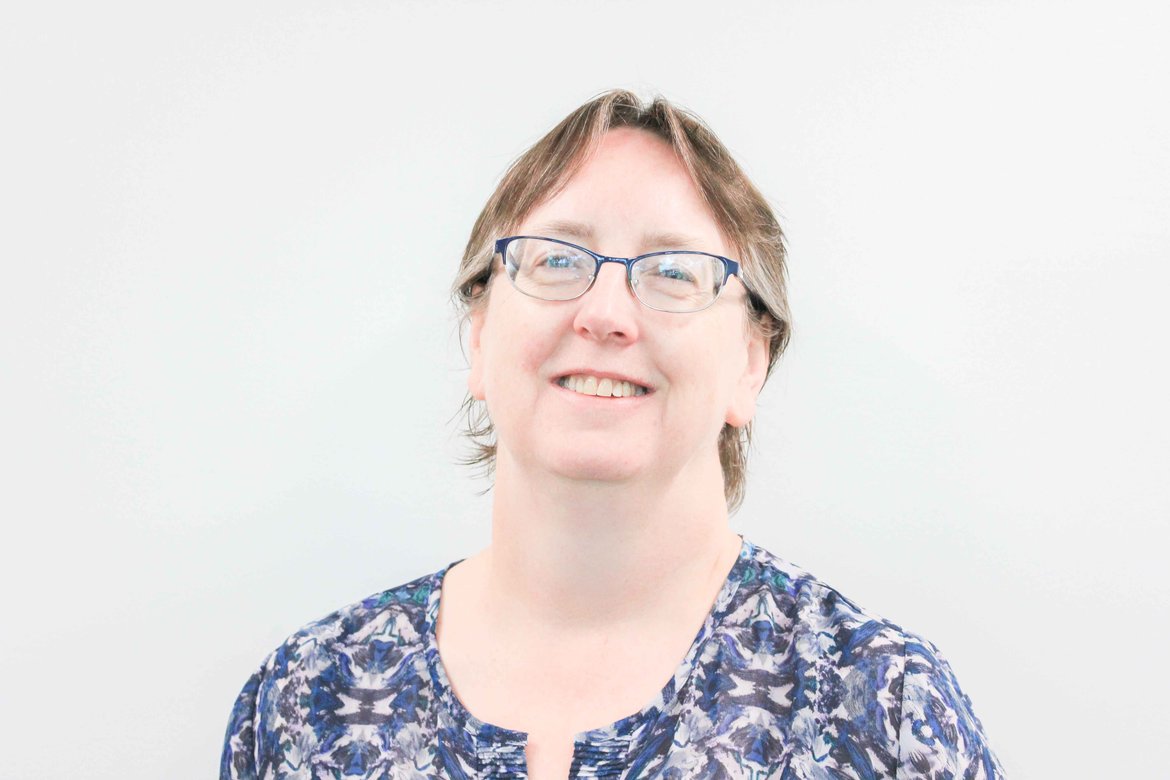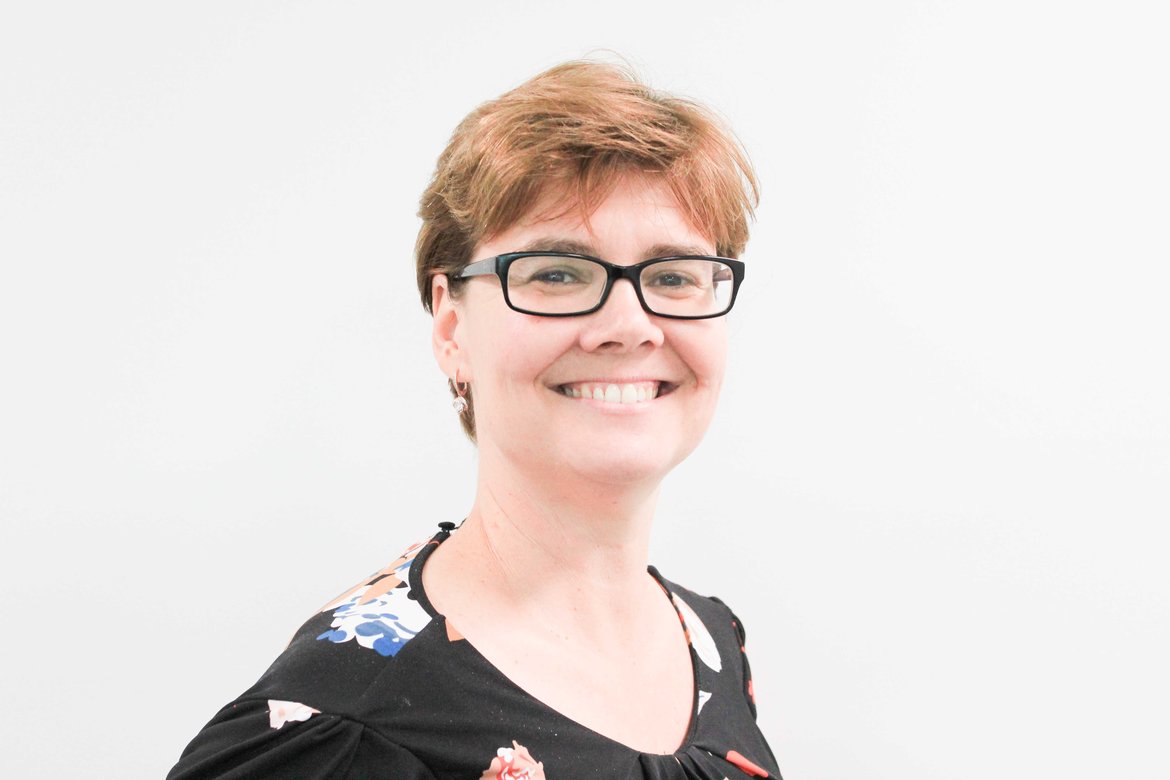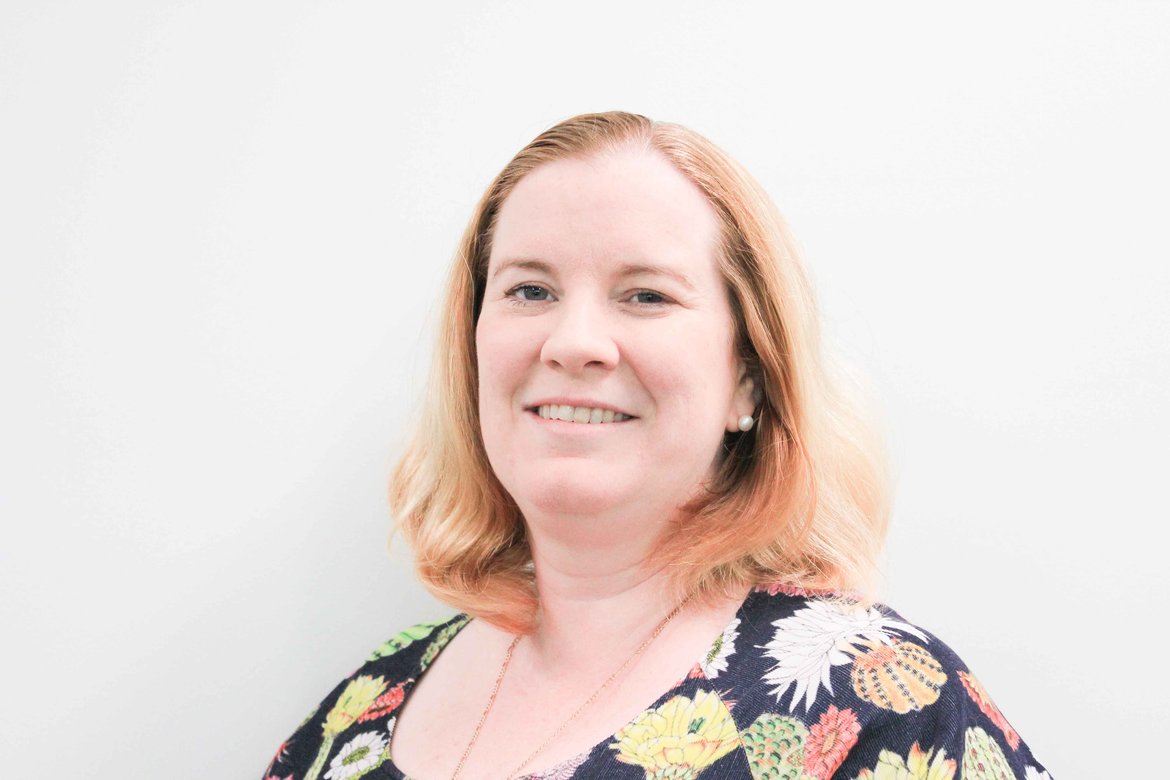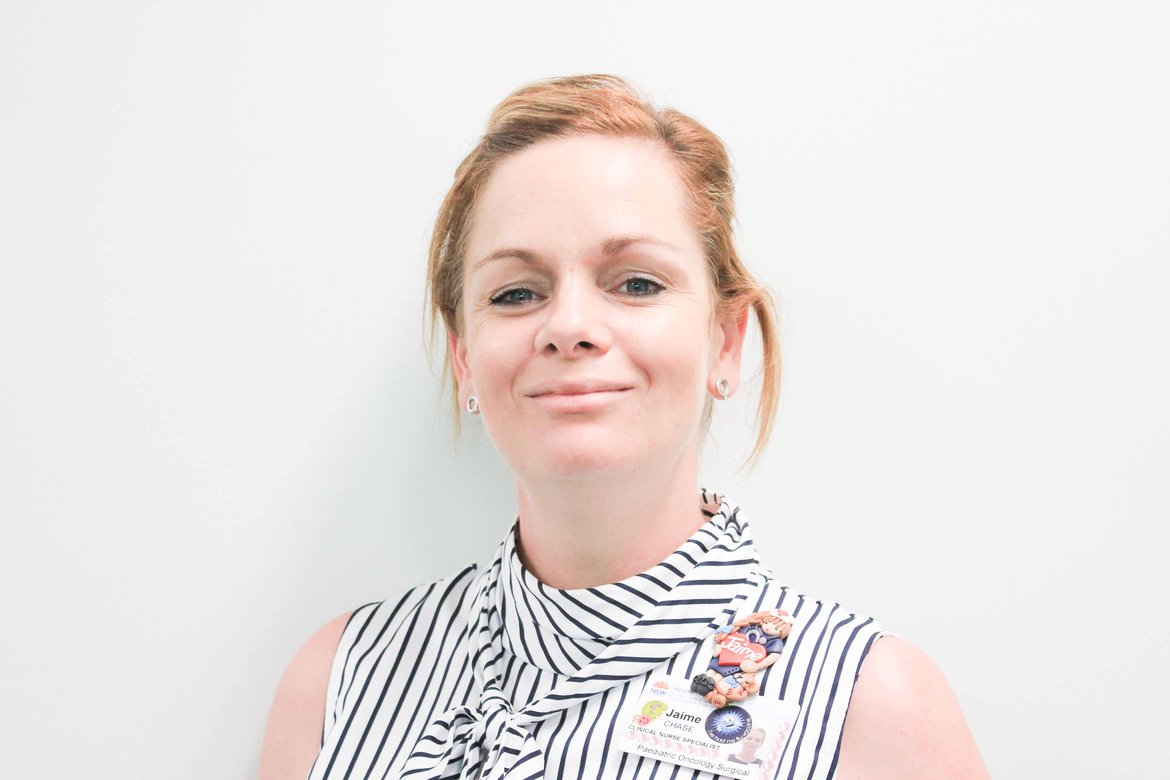Blood Disorders Service

The John Hunter Children’s Hospital Haematology Service provides specialist treatment for children and young people with all forms of non-malignant blood disorders, including bleeding disorders, red blood cell and iron disorders, white blood cell disorders, bone marrow syndromes, autoimmune blood disorders, along with thrombosis and anticoagulation blood disorders.
Children diagnosed with a blood disorder will receive expert care from multiple specialities, including medical, nursing and Allied Health in an environment focused on the health and well-being of children and young people.
What does a child having a blood disorder mean?
Blood disorders in children and young people can take many forms, some of which may be inherited or not genetically related. These blood disorders are not cancerous, however they are often lifelong conditions that can affect a child’s quality of life and in some circumstances may be life-threatening.
Diagnosing blood disorders
If your child is suspected of having a bleeding disorder, the first test they will likely have is a simple blood test called a complete blood count (CBC). A CBC provides a lot of valuable information, such as number and types of red and white blood cells, platelet numbers, haemoglobin (a protein in red blood cells that carries oxygen and contains iron) in the blood and information about other cells, such as size, shape and their traits.
Following a CBC, one or a number of other tests may be requested to narrow down what disorder a child has. These tests may include:
- A bone marrow aspiration and biopsy, which checks for issues with production of blood cells.
- Iron studies, which measures the amount of iron in the blood. The test is used to check if anaemia is caused by a lack of iron.
- Coagulation tests check how well the blood clots. These tests can help diagnose clotting or bleeding disorders such as haemophilia.
- Haemoglobin electrophoresis checks for the amounts and types of haemoglobin in the blood. The test can help diagnose blood disorders that involve problems with haemoglobin, such as sickle cell anaemia or thalassemia.
- Reticulocyte count measures the amount of new red blood cells being made by the bone marrow. This test can help diagnose blood disorders that involve problems with the rate of production of the red blood cells.
Treating blood disorders
Treatment options for children and young people will be dependent on the condition they are diagnosed with and if the condition is considered mild or severe.
Types of treatments for blood disorders may include infusion therapy, blood transfusions, surgery, iron supplements or chelators, dietary changes or antibiotics.
If your child attends school, our Haemophilia: Information for Schools can be provided to your child's school as an infoormation resource.
Types of childhood blood disorders and resources for families
Bleeding disorders
Haemophilia
Haemophilia is an inherited bleeding disorder. Children with haemophilia bleed for a longer time because their blood doesn’t clot properly. A lack of clotting protein in the blood called factor is the reason for this, it does not mean though that a child will bleed faster than normal.
The most common form of haemophilia is haemophilia A, caused by having reduced or no factor VIII (8). Haemophilia B is less common and is caused by having reduced no factor IX (9).
Children and adults with normal levels of factor will range from 50 – 150%, however individuals with severe haemophilia have less than 1% factor, mild haemophilia 1-5% and mild 5-50%.
Children with severe haemophilia may bleed without any obvious reason. The bleeding may occur into joints, muscles and other organs. Other symptoms may include easily bruising (possible large bruises), nosebleeds that are difficult to control, blood in the urine, along with bleeding into muscles and joints that can cause pain and swelling.
Factor replacement therapy is the most common form of treatment for haemophilia. This is done by infusion (injected into a vein), which replaces the missing factor. Depending on how severe a child’s haemophilia is will determine how regular it is required.
Resources for patients and families:
- Haemophilia
- Haemophilia: A Guide For Parents Of A Newly Diagnosed Child
Von Willebrand disease (VWD)
Von Willebrand disease (VWD) is an inherited bleeding disorder caused by a deficiency with a specific protein in the blood called von Willebrand factor (VWF). This type of factor is used by the body in the early stages of bleeding, helping platelets stick together and clot.
VWD is compared to haemophilia, however it is a different condition with a different pattern of bleeding. It is also usually less severe than haemophilia, usually only causing mild bleeding problems.
There three types of VWD, Type 1 is the most common, where a person has VWF, just not enough of it. Type 2 has less VWF and Type 3 little or no VWF, which causes more severe symptoms, such as more frequent bleeding.
Symptoms of VWD may include large bruising from minor injuries, frequent nosebleeds that are difficult to stop, bleeding from gums during teeth cleaning or excessive bleeding from cuts.
Treatments for VWD are dependent on the type and severity of symptoms. Treatment options consist of injecting a synthetic hormone called Desmopressin (DDAVP), which increases a release of VWF from blood vessel cells. Factor replacement therapies may be used if a child does not respond to DDAVP, or use of antifibrinolytics agents (promote blood clotting) to hep clots become more stable.
Resources for patients and families:
Red blood cell and iron disorders
Sickle cell disease
Sickle cell disease is a group of inherited blood disorders that are characterised by anaemia and periodic pain. Normal red blood cells are shaped like the letter O and move through the body easily, carrying oxygen all around the body, in sickle cells disease, sickle cells are shaped like a C and are less efficient at moving around the body.
In sickle cell disease the abnormally shaped cells are hard and sticky and cluster together, which can block blood vessels and prevent the healthy movement of oxygen carrying blood. The decrease in healthy distribution and oxygen to tissues can result in numerous complications.
Symptoms of sickle cell disease may include anaemia (most common), pain (anywhere in the body), infection (increased risk), stroke (severe circumstances), jaundice and acute chest syndrome (may include fever, cough and difficulty catching breath).
Treating sickle cell disease is usually lifelong. The main aims of treatment are to prevent infections, provide relief from pain and control complications.
Resources for patients and families:
Thalassaemia (minor and major)
Thalassaemia (minor and major) is a group of inherited blood disorders where the body cannot produce enough haemoglobin due to an increased destruction of red blood cells.
People with thalassaemia minor are healthy individuals but are carriers of the trait, which could then be passed down to future generations. Some individuals with thalassaemia minor may have mild anaemia, however it these carries do not have long-term health issues.
Thalassaemia major, whilst very rare, is a serious health condition. Children born with thalassaemia major are unable to make enough haemoglobin and require ongoing lifelong treatment.
Children with thalassaemia major may have pale skin, become fatigued and short of breath, along with having a pounding rapid heartbeat. The ongoing treatment for this condition is blood transfusions, along with monitoring iron build up from the transfusions as side effect include, diabetes, heart failure and liver disease.
Resources for patients and families:
White blood cell disorders
Chronic Granulomatous Disease (CGD)
Chronic Granulomatous Disease (CGD) is an inherited immune system disorder that affects the way neutrophils (type of white blood cell) work. For children with CGD this means their body cannot effectively fight and kills germs their body comes in contact with, which often means they develop severe infections when they’re young.
Unlike healthy children, where coming in contact with mild germs would cause no concern, a child with CGD may develop a severe infection. Children with CGD are usually healthy at birth, but then go on to have recurrent infections.
The severity of CGD in children varies, with typical infections including abscesses, infections of the bone (osteomyelitis) and pneumonia (lung infections).
Children with CGD are treated with a specific antibiotic called cotrimoxazole, which is taken every day, preventing many of the bacterial infections children with CGD are susceptible to. Treatment is life-long and can be life-threatening due to complications of the disease.
Resources for patients and families:
Bone marrow failure syndromes
Childhood aplastic anaemia
Childhood aplastic anaemia occurs when the bone marrow does not produce enough blood cells, which includes all types – red, white and platelets. This reduction means haemoglobin levels drop (less oxygen being carried around), less white blood cells leaves children open to infection and reduced platelets means blood does not clot as easily.
Aplastic anaemia may occur due to a previous illness or condition, however it can also occur for no known reason at all, this is called idiopathic.
Children with aplastic anaemia may experience a variety of symptoms, which include headaches, dizziness, nausea, bruising, shortness of breath, nosebleeds, fevers, bleeding gums, fatigue, pale skin, blood in stool and a tender sinus.
Treatment for aplastic anaemia may include immunosuppressive therapy, treatment of the condition causing aplastic anaemia or a bone marrow transplant.
Resources for patients and families:
Platelet Disorders
Idiopathic thrombocytopenic purpura (ITP)
Idiopathic thrombocytopenic purpura (ITP) occurs when the body's immune system mistakenly destroy's its own platelets, affecting the bloods ability to clot due to a low number of platelets (thrombocytes).
It's the platelets job when you cut yourself or are injured to stick together and clot, or seal a cut. If a child has ITP and a lower number of platelets, the blood does not clot as well, causing bleeding under the skin or from the cut.
For the majority of children diagnosed with ITP, it usually follows a viral illness, such as the common cold.
ITP affects around one in 10,000 children, however for most children it will resolve in less than a year, often without treatment. Some children though will develop chronic ITP, lasting more than a year.
Children with ITP may experiences a number of symptoms including brusing (large or small, usually on the lower limbs), nosebleeds or bleeding from the mouth, or a petechial rash (pinpoint red spots) on the skin.
Multiple treatment options exist for ITP, which includes:
- Steroids (prednisolone), which raises the platelet count more quickly than having no treatment.
- Intravenous immunoglobulin (IVIg), which is used to stop the body destroying its own platelets.
- No treatment, as ITP will often resolve without any medical intervention.
Resources for patients and families:
Our team
These are a few key members of your treatment team. Along your journey, your child will have many health professionals involved in their care, including nurses, physiotherapists, child life therapists, occupational therapists, speech pathologists, art therapists, music therapists and different doctors, who are all here to make sure your child and your family receives the very best care.





